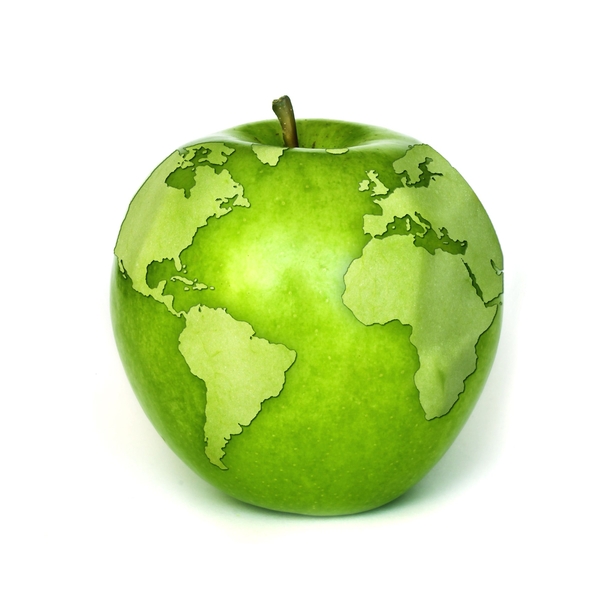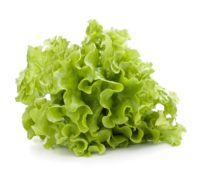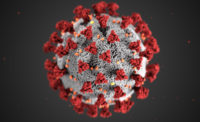Earlier this week, newly elected President Donald Trump carried out one of his campaign promises by formally withdrawing the U.S. from the Trans-Pacific Partnership (TPP)--a deal that took 7 years to negotiate under former President Barack Obama. Although Trump did initiate the process of cutting ties with the TPP, the move must still be approved by Congress.
Besides the U.S., the TPP included Australia, Brunei, Canada, Chile, Japan, Malaysia, Mexico, New Zealand, Peru, Singapore and Vietnam. The partnership deal was meant to greatly reduce tariffs for American imports and exports with those countries in exchange various protections--environmental, labor and intellectual property--that are often sought by major businesses.
There are many stakeholders who will be affected by the U.S.’s lack of involvement in the TPP. There are strong implications for manufacturers, pharmaceuticals, automakers and tech companies. But what does it mean for the food industry?
The partnership was generally supported by the food and agriculture industries. The TPP was a plus for American farmers since the tax cuts would have made it possible to sell products such as meat and poultry to the other countries involved in the deal. The possibility of expanded access to foreign markets was a definite plus.
As an alternative to the TPP, Trump has said that he will “negotiate fair bilateral trade deals that bring jobs and industry back onto American shores.”
Sign up for Food Safety Magazine’s bi-weekly emails!




